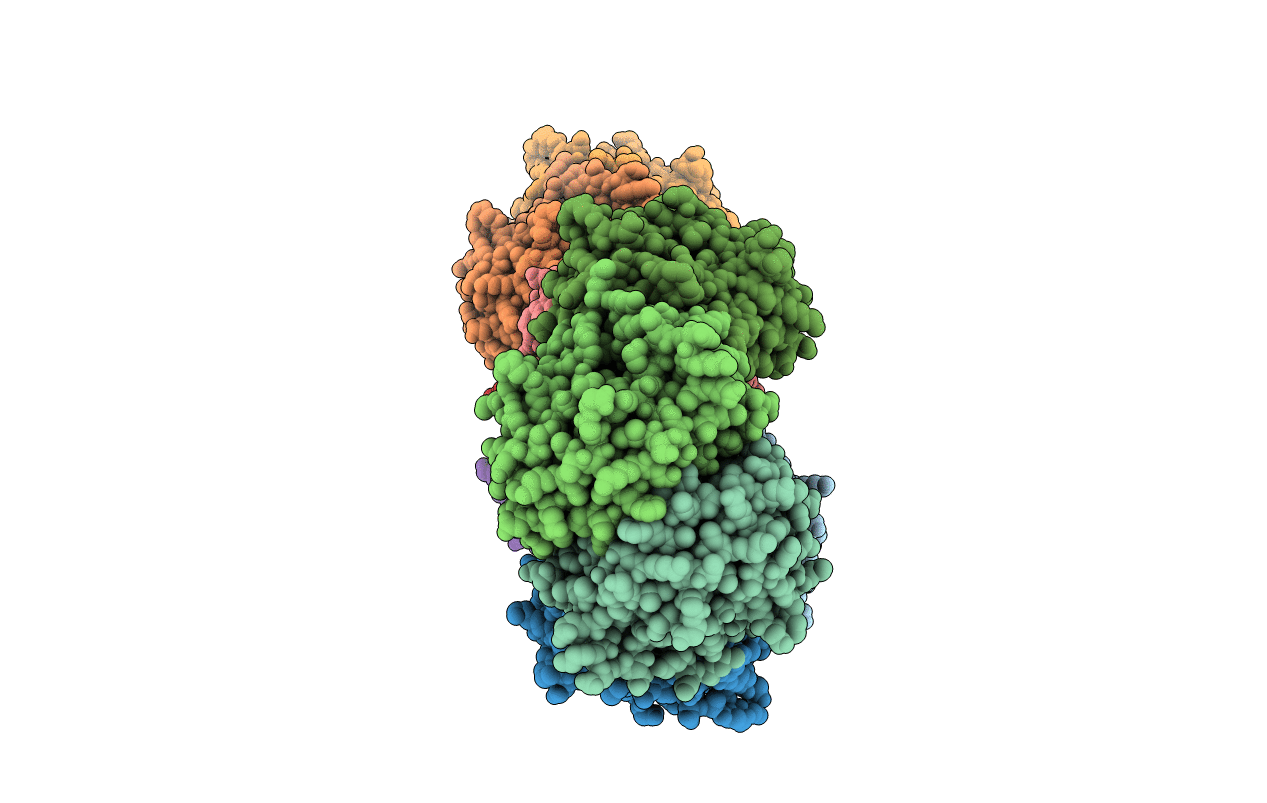
Deposition Date
2015-08-22
Release Date
2016-04-13
Last Version Date
2023-11-08
Entry Detail
PDB ID:
5DBT
Keywords:
Title:
Crystal structure of C-terminal truncated 2-deoxyribose-5-phosphate aldolase (1-201) from Streptococcus suis
Biological Source:
Source Organism:
Streptococcus suis GZ1 (Taxon ID: 423211)
Host Organism:
Method Details:
Experimental Method:
Resolution:
2.81 Å
R-Value Free:
0.24
R-Value Work:
0.20
R-Value Observed:
0.20
Space Group:
P 1 21 1


